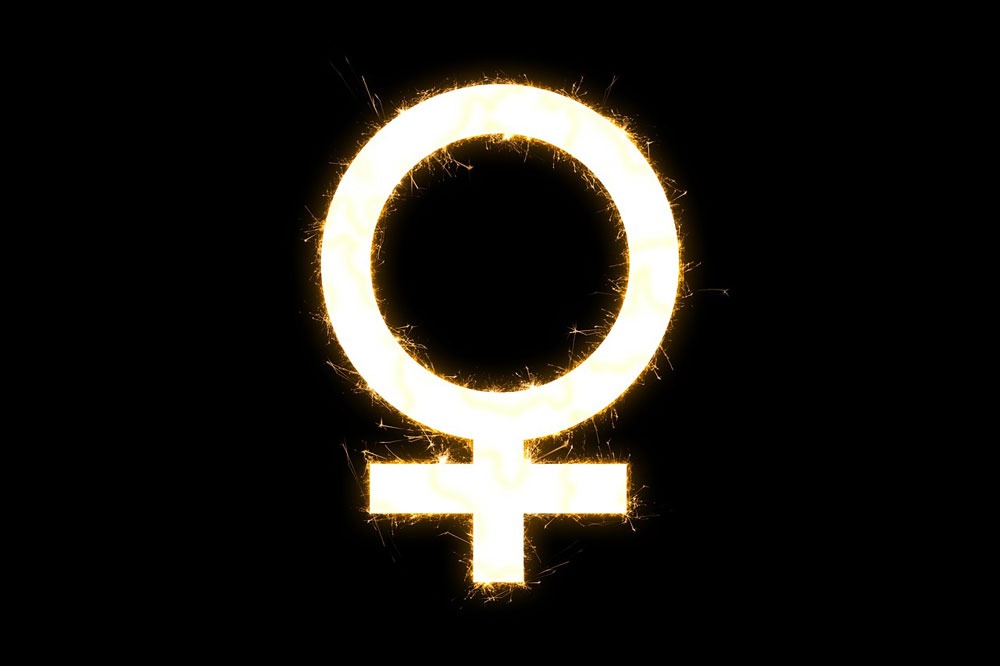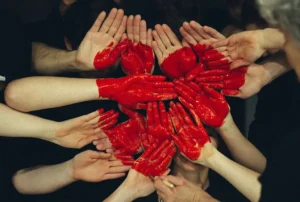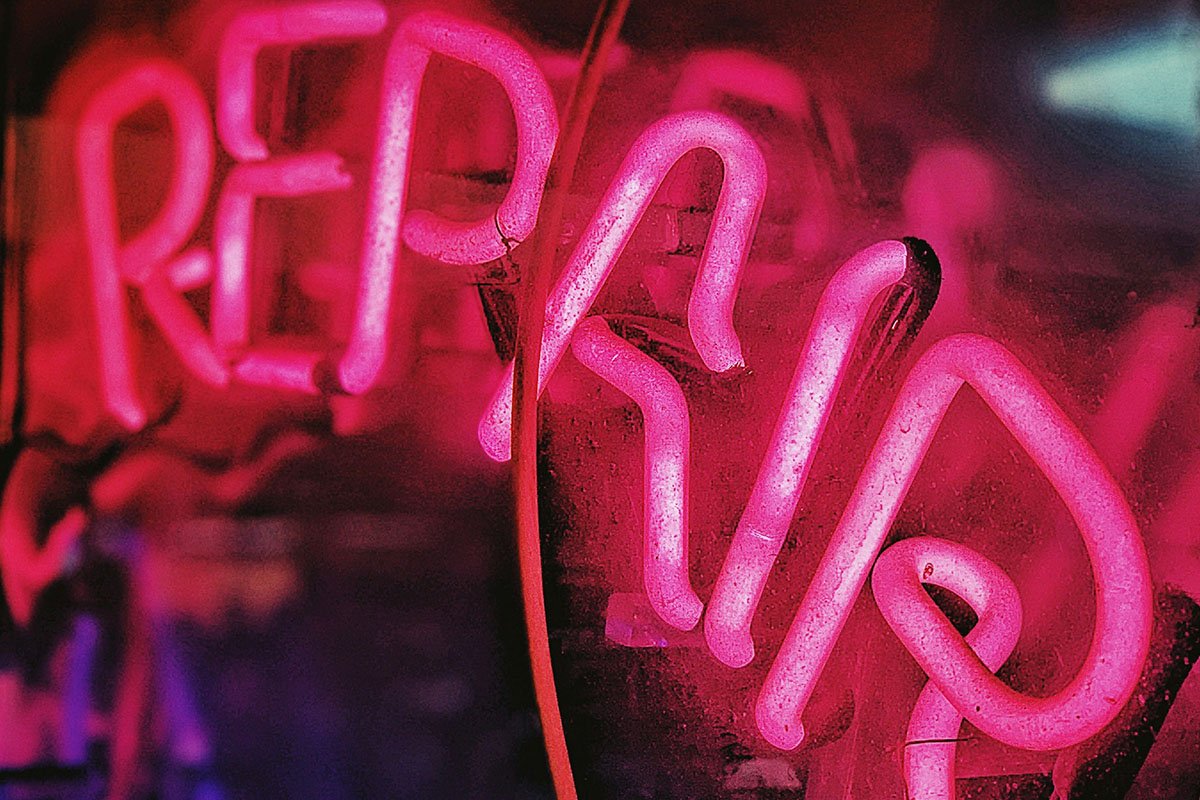
October 5, 2019; Fast Company
There was great excitement this month when Melinda Gates announced she would spend $1 billion over the next ten years to help close the gender gap. The announcement refocused attention on just how little funding is currently focused on programs specifically for women and girls.
Melinda Gates wants these funds promoting women’s professional advancement to achieve greater presence in fields that can reshape society (Gates suggests technology and politics.) She hopes that others with philanthropic means will follow her lead. But there is a huge knowledge gap here: there isn’t a good public understanding of who these “change agent” organizations are or what they do.
Fear not; help is on the way! Led by the Women’s Philanthropy Institute (WPI), a new Women and Girls Index has been launched. This is a public database of female-led nonprofits, focused on women’s causes, trying to make change. The problem with this help is that, at the moment, it only covers up to 2016—which leaves out some current women’s focuses such as the Women’s March, #MeToo, and #TimesUp. While the leaders at WPI will be updating data on an annual basis, people are giving directly to these “of the moment” causes now, and it may be hard to keep up with this kind of momentum and its impact.
Based on its data, nonprofits focused on specifically on women and girls seem to get the scraps of the funding world. Furthermore, of the 1.6 percent of giving that goes to women-focused organizations, 90 percent goes to one focused area: reproductive health. That leaves little for programs that build women’s leadership and advocacy, or that focus on the unique needs of women experiencing homelessness or trapped in abusive relationships. Most of these programs are small and survive on limited funding with little for emergencies—much like the women they serve. This is not helpful when looking to grow a sector and build a movement.
Out of the more than 1.3 million active charities, only 45,000 are doing work specifically focused on women’s issues. That’s just 3.3 percent of the nonprofit sector. These groups received $6.3 billion in donations from donors between 2012 and 2015, just 1.6 percent of all charitable giving. As a result, many of these groups remain small, with limited operating costs and employees.
Sign up for our free newsletters
Subscribe to NPQ's newsletters to have our top stories delivered directly to your inbox.
By signing up, you agree to our privacy policy and terms of use, and to receive messages from NPQ and our partners.
How does one change this dynamic? Women make up more than 50 percent of the population of the United States and control, according to data from 2017, more than 60 percent of the wealth. But philanthropic giving to programs and nonprofits that work specifically and in a focused way with women and girls does not seem to be a priority for this sector.
Tessa Skidmore, a visiting research associate WPI, stated the problem most clearly:
It certainly is an interesting juxtaposition. We are seeing more public attention on these issues, but the data on charitable giving at this point in time isn’t necessarily reflecting that. People are really paying attention to these areas. We need more research to really know how those sort of actions correspond with charitable giving.
NPQ’s Niduk D’Souza recently wrote about another WPI finding, which demonstrated how women donors often go beyond the checks and get engaged in organizations whose missions resonate with them. And in 2016, WPI suggested a targeted approach to move the needle when they first realized how little philanthropy is directed to this area.
Gates’s announcement lends publicity to a long-standing issue—and this time, hopefully others are listening.—Carole Levine











